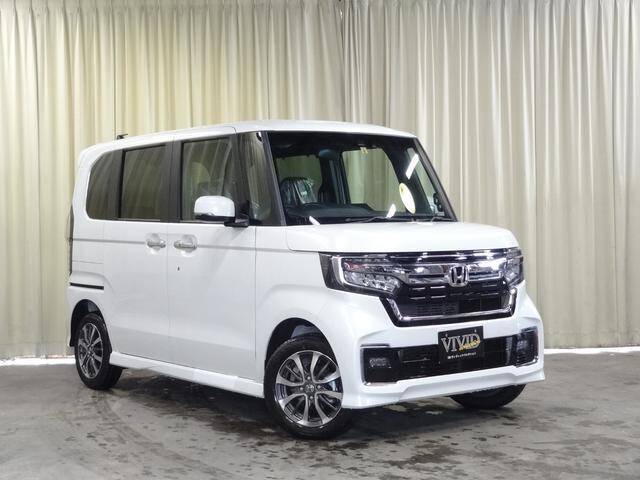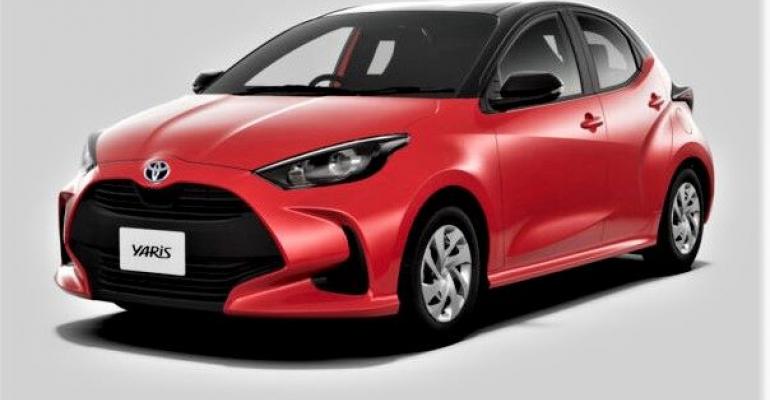TOKYO – Japanese automakers continue to make advances in active safety technology which, in 2020, resulted in the lowest number of traffic fatalities and accidents in the country in more than 50 years.
According to a recently released report by the Japan Automobile Manufacturers Assn., traffic deaths dropped to the lowest level since the National Police Agency began keeping statistics in 1948.
JAMA reports in the 2021 edition of “The Motor Industry of Japan” that traffic fatalities fell to 2.3 per 100,000 population in 2020. Of the 2,839 people killed, more than half (56%) were over 65 years of age.
The over-65 share has increased steadily with the aging of the country’s population, which now accounts for nearly 30% and is rising.
Accidents and injuries also fell to record lows of 309,178 and 369,476, respectively.
The report did not break down fatalities and accidents by type. But an International Transport Forum report published last year said pedestrians accounted for 36% of total fatalities for the three preceding years, followed by vehicle occupants, cyclists, motorcyclists and moped riders.
Against this backdrop, advanced safety applications, more commonly known as ADAS for advanced driving assistance systems, are making steady inroads.
The JAMA report highlights more than 40 applications. One is adaptive cruise control (ACC), now available in 87 models, 64 as a standard feature. ACC installations grew nearly fivefold from 2015 to 2020 to 1.7 million units – nearly half of all cars produced in Japan for sale in the country during the year.
Japanese automakers produced 178 different models in 2020, both standard and 0.66L minis (see Honda N-Box, pictured, below), while output totaled 3.5 million units. JAMA’s study did not include commercial vehicles, nearly half of them minis, some of which incorporate advanced safety systems.

Other ADAS applications in 2020:
- Blind-corner monitoring: 77 models, standard in 13, nearly triple 2015 model totals, while installations grew to 868,912 units, up from 241,547 five years earlier.
- Forward collision-mitigation braking: 161 models, standard in 115, up from 75 and 14, with installations increasing to 3.3 million.
- Lane-keeping assist: 86 models, standard in 51, up from 23 and two in 2015, while installations have grown by more than 800% to 1.6 million units.
Other technologies:
- Adaptive front lighting: 35 models, standard in 22, sales of 275,819 units, up 49%.
- Backing-up monitoring with rear-obstacle detection: 146 models, standard in 61; 2.3 million, up 45%.
- Driver inattention warning: 113 models, standard in 64, 1.5 million, up 526%.
- Electronic stability control: 178 models, all standard; 3.5 million, almost 100% of sales, up from 91% in 2015.
- Lane-departure warning: 159 models, standard in 111; 3.3 million, up 388%.
- Rearward-approaching vehicle warning, 72 models, standard in 26; 793,198, up 412%.
- Vehicle perimeter monitoring: 94 models, standard in 16; 1,184,168, up 324%.
Vehicle perimeter obstacle warning: 105 models, standard in 49; 1,990,345, up 506%.





